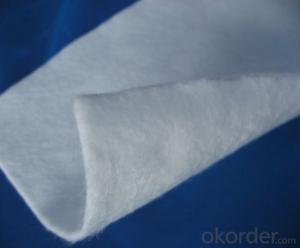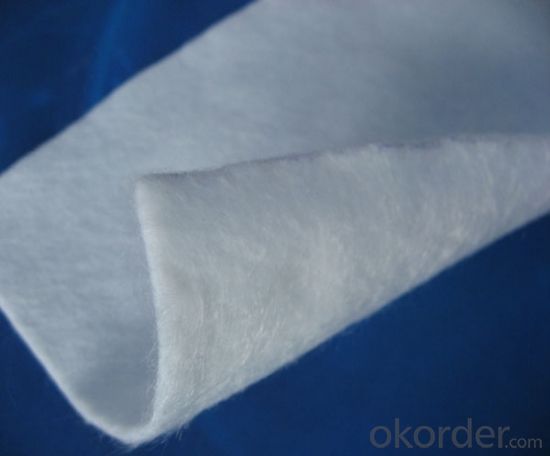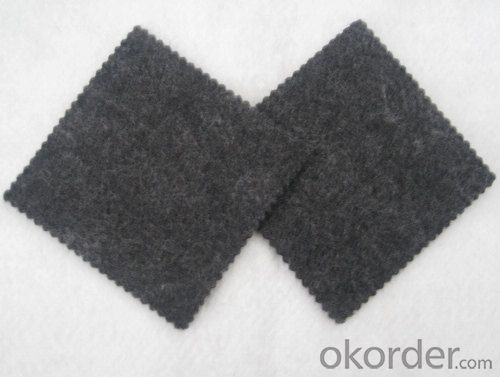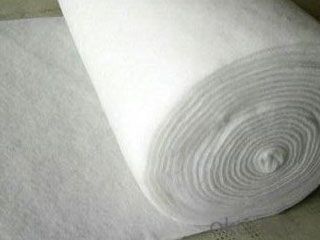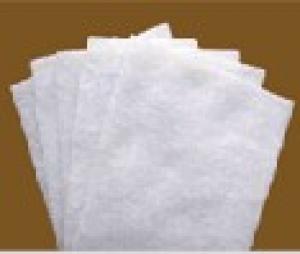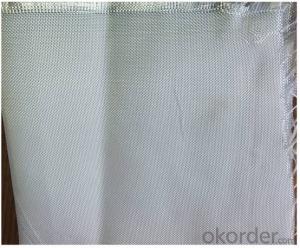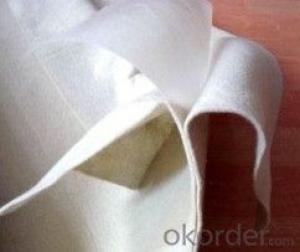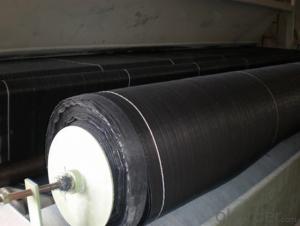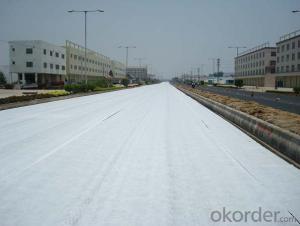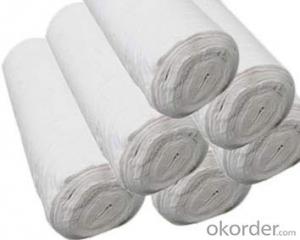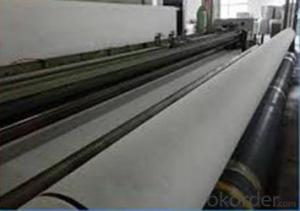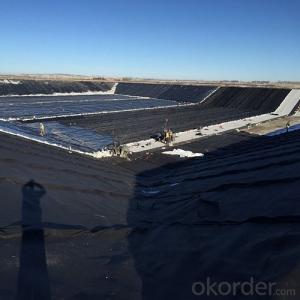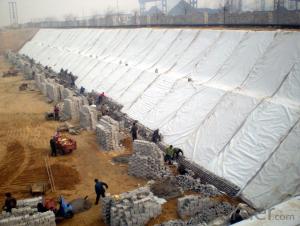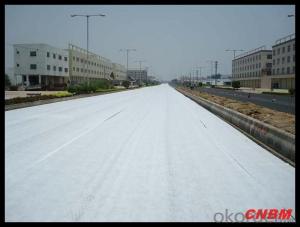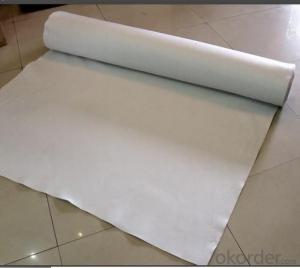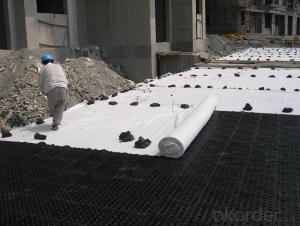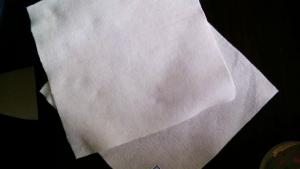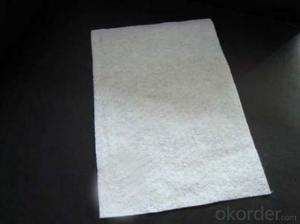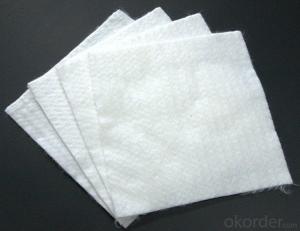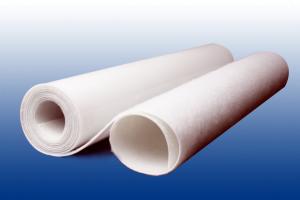Dewitt Dupont Geotextile 3D Honeycomb Polyester/Polypropylene Short Nonwoven Geotextile
- Loading Port:
- Tianjin
- Payment Terms:
- TT or LC
- Min Order Qty:
- 10000 m²
- Supply Capability:
- 300000 m²/month
OKorder Service Pledge
OKorder Financial Service
You Might Also Like
Description of Polyester / Polypropylene Short Nonwoven Geotextile
Short nonwoven geotextile made up of fibers of polyester or polypropylene in random directions and punched together by needles during the manufacturing process.Geotextiles are commenly used to separate layers like clay and drainage and to protect liner from damage.
Main Features of Polyester / Polypropylene Short Nonwoven Geotextile
1.Engineered to provide high strength and high elongation at break to ensure excellent resistance to damage during construction.
2.Manufactured from high tenacity UV stabilised virgin polypropylene or polyester fibers which have been heavily drawn to ensure excellent long term durability in all soil types.
3.Manufactured using a randomly orientated web to provide completely isotropic properties,ensuring that high strength is not limited to a single direction.
4.Excellent uniformity with high permeability and low pore size for soil filtration.
5.Supplied to a maximum width of 6.5mts,ensuring minimum waste over large construction areas.
6.100% polypropylene or polyester staple fibers ,needle punched and random network formation.
7.UV and rot resistant and biological degradation resistant.
8.Filtration
It can be the filtration layer of the dykes, river canal, seacoast, concrete slope, retaining walls. At the same time of preventing the clay granule from passing, it allows the water and the gas pass through freely.
9.Separation
The isolation of the railway dregs and the roadbed, roadbed and the soft base, surface of the airdrome and parking lot and the groundsill, different dam materials. It isolates the soil and the gravel of two kinds different
granule pathway from the groundsill or other buildings.
10.Reinforcement
The highway, railway, soil-stone dam, breakwater, airport, backfill soil of retaining wall, slope protection, etc in which distributes the earth stress, prevents the side-displacement of the earth body and improves the earthbody stability.
11.Protection
It prevents the bank from being washed out, protects the bank and the
bottom, prevents the water and soil from being washed away.
Specifications of Polyester / Polypropylene Short Nonwoven Geotextile
1.width:1m~8m, length: at your request
2.Color: white, black, grey.
100 | 150 | 200 | 250 | 300 | 350 | 400 | 450 | 500 | 600 | 800 | NOTE | |
BASIS WEIGHT TOLERANCE (%) | -8 | -8 | -8 | -8 | -7 | -7 | -7 | -7 | -6 | -6 | -6 | |
THICKNESS ≥MM | 0.9 | 1.3 | 1.7 | 2.1 | 2.4 | 2.7 | 3.0 | 3.3 | 3.6 | 4.1 | 5.0 | |
TENSILE STRENGTH AT BREAKING ≥KN/m | 10 | 25 | 30 | 40 | 60 | 80 | 100 | 120 | 140 | 160 | 200 | |
CBR PLUNGER STRENGTH ≥KN | 0.3 | 0.6 | 0.9 | 1.2 | 1.5 | 1.8 | 2.1 | 2.4 | 2.7 | 3.2 | 4.0 | |
TEARING STRENGTH ≥KN | 0.08 | 0.12 | 0.16 | 0.20 | 0.24 | 0.28 | 0.33 | 0.38 | 0.42 | 0.46 | 0.60 | |
BREADTH TOLERANCE (%) | -0.5 | |||||||||||
ELONGATION AT BREAKING (%) | 15 -100 | MD&CD | ||||||||||
EOS O90mm | 0.03-0.8 | |||||||||||
VERTICAL PERMEABILITY (CM/S) | K×(101~~103) | K=1.0-9.9 | ||||||||||
Applications of Polyester / Polypropylene Short Nonwoven Geotextile
While the nonwoven fabric can be used in almost any stabilization,separation or cushioning application,they are most commonly used in areas that also require filatration.The non woven design of the material provides a higher rate of flow through,making it easier for water to pass through the material.
Some commen uses of the material includes the following:
1.Road stabilization applications
2.Roofs
3.Civil applications
4.Railway work
5.Landfill lining
6.Trenches
7.Dams
8.Fitration under rip rap and rocks
9.Environmental applications
Images of Polyester / Polypropylene Short Nonwoven Geotextile
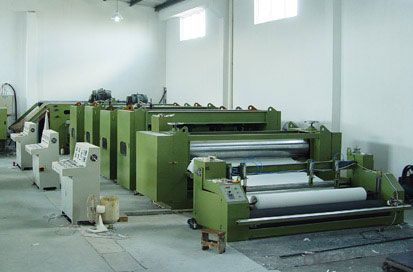
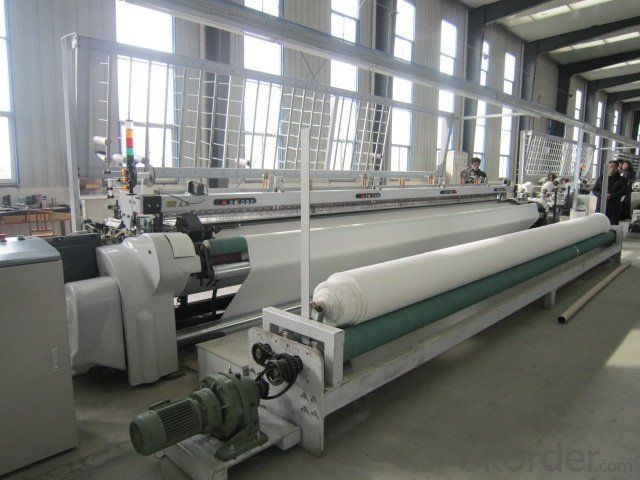
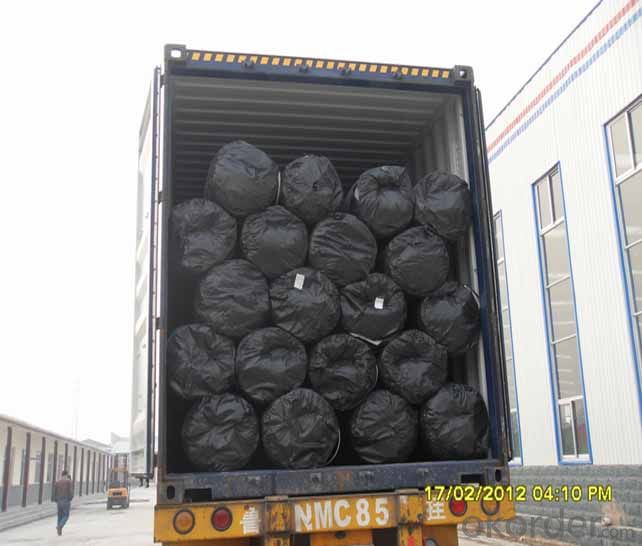
RFQ
1. Do you supply free samples for customers?
Yes,we will supply free samples for you.Please send your address for us.
2. How Many years experience do you have?
We have been exported to more than 20 countries in the past 15 years.
3. How long do we usually reply your request?
We always reply our customer within 24 hours.
- Q: What are the different geotextile filter criteria?
- Some of the different geotextile filter criteria include permeability, pore size distribution, puncture resistance, durability, and chemical resistance. These criteria help determine the effectiveness of a geotextile in filtering water and preventing soil erosion.
- Q: How do geotextiles contribute to sustainable drainage systems?
- Geotextiles contribute to sustainable drainage systems by providing effective filtration and separation of soil layers, preventing clogging and improving water infiltration. They also help in reducing erosion and promoting vegetation growth, thus enhancing the overall sustainability and longevity of drainage systems.
- Q: Are geotextiles resistant to UV degradation?
- Yes, geotextiles are generally designed to be resistant to UV degradation. They are often treated or manufactured with additives that can help protect them from the damaging effects of sunlight, making them suitable for outdoor applications.
- Q: Can geotextiles be used in railway track construction?
- Yes, geotextiles can be used in railway track construction. Geotextiles provide various benefits such as soil stabilization, drainage, filtration, and separation. They can be used to improve the performance and longevity of railway tracks by providing reinforcement, preventing soil erosion, and reducing maintenance requirements.
- Q: How do geotextiles contribute to groundwater recharge projects?
- Geotextiles can contribute to groundwater recharge projects by facilitating infiltration and preventing soil erosion. These permeable fabrics are used to line recharge basins or ponds, allowing water to seep through while retaining sediment. This helps to replenish the groundwater supply by directing rainwater or runoff into the aquifer, while also protecting the underlying soil from erosion and maintaining water quality.
- Q: Are geotextiles permeable to water?
- Yes, geotextiles are permeable to water.
- Q: Can geotextiles be used in mining reclamation projects?
- Yes, geotextiles can be used in mining reclamation projects. Geotextiles are permeable fabrics that can be used to control erosion, stabilize slopes, and drain water in mining reclamation sites. They provide effective soil separation and filtration, preventing sedimentation and promoting vegetation growth, ultimately aiding in the restoration of the site's ecological balance.
- Q: Can geotextiles be used for reinforcement of road embankments?
- Yes, geotextiles can be used for the reinforcement of road embankments. Geotextiles are commonly employed in road construction and maintenance to enhance the stability and durability of embankments. They provide reinforcement by distributing loads and reducing settlement, while also improving drainage and preventing erosion.
- Q: How do geotextiles improve the performance of embankments?
- Geotextiles improve the performance of embankments by providing reinforcement and stability to the soil structure. They act as a barrier against soil erosion, preventing the loss of soil particles and maintaining the integrity of the embankment. Geotextiles also allow water to pass through while retaining the soil, enhancing drainage and preventing water buildup that could weaken the embankment. Additionally, geotextiles distribute the load more evenly, reducing the potential for settling and improving overall stability of the embankment.
- Q: How do geotextiles help in stabilizing slopes for pipeline construction?
- Geotextiles help in stabilizing slopes for pipeline construction by providing reinforcement and erosion control. They are placed along the slope to prevent soil erosion and promote stability. The geotextiles act as a barrier, preventing the movement of soil particles and reducing the risk of slope failure. Additionally, they enhance the soil's strength and increase its resistance to erosion caused by water flow. Overall, geotextiles play a crucial role in maintaining the stability of slopes during pipeline construction.
Send your message to us
Dewitt Dupont Geotextile 3D Honeycomb Polyester/Polypropylene Short Nonwoven Geotextile
- Loading Port:
- Tianjin
- Payment Terms:
- TT or LC
- Min Order Qty:
- 10000 m²
- Supply Capability:
- 300000 m²/month
OKorder Service Pledge
OKorder Financial Service
Similar products
Hot products
Hot Searches
Related keywords
